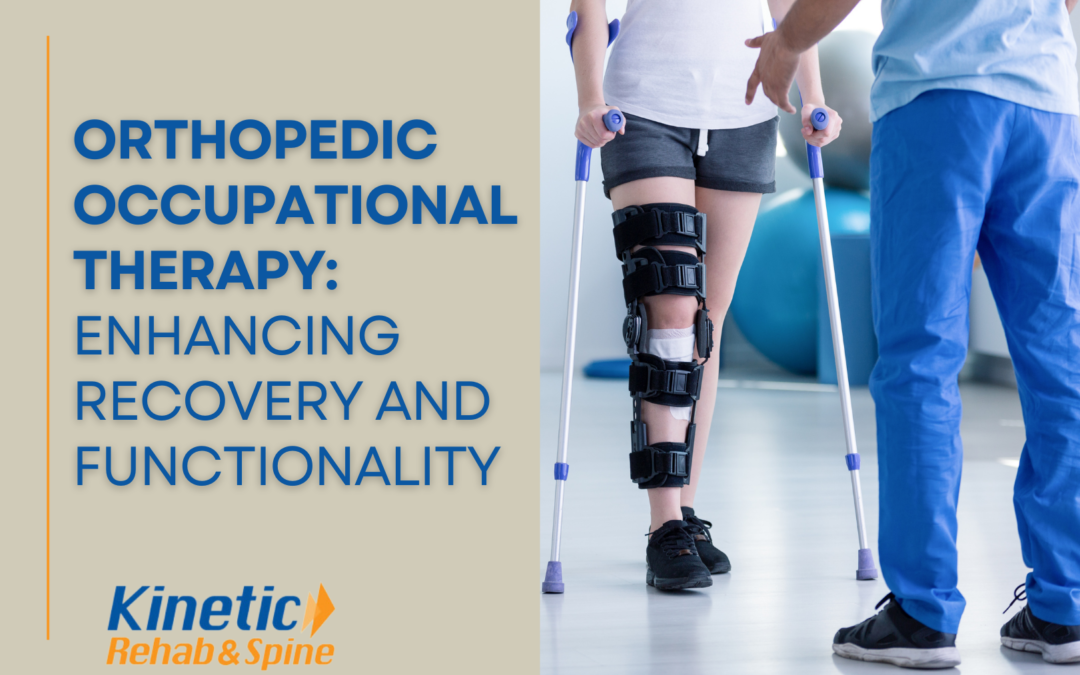Orthopedic occupational therapy focuses on helping individuals regain strength, mobility, and independence following musculoskeletal injuries or surgeries. Whether you’re recovering from a fracture, joint replacement, or tendon injury, orthopedic occupational therapy plays a critical role in your rehabilitation journey.
What is Orthopedic Occupational Therapy?
Orthopedic occupational therapy is a specialized form of rehabilitation aimed at restoring functional use of the body after orthopedic conditions or surgeries. These conditions often involve bones, joints, muscles, ligaments, and tendons. Occupational therapists (OTs) work closely with patients to address their specific limitations, helping them regain independence in their daily activities.
This form of therapy is essential for people recovering from:
- Fractures
- Joint replacements (hip, knee, shoulder)
- Tendon and ligament injuries
- Spinal surgeries
- Sports injuries
Unlike physical therapy, which focuses on restoring general movement, occupational therapy emphasizes the ability to perform day-to-day tasks. This includes activities such as dressing, eating, writing, driving, and managing household tasks.
The Role of an Occupational Therapist in Orthopedic Care
Occupational therapists assess each patient’s functional abilities and design personalized treatment plans to address specific challenges. In the context of orthopedic rehabilitation, these plans may include:
- Range-of-motion exercises: To restore flexibility and prevent stiffness.
- Strengthening programs: Targeted exercises to rebuild strength in the affected muscles.
- Pain management techniques: Using heat, cold, or manual therapy to manage post-surgical or injury-related pain.
- Adaptive techniques and tools: Teaching patients how to modify their environment or use assistive devices to compensate for physical limitations.
- Fine motor skill training: Especially important for patients with hand or wrist injuries, this training focuses on improving dexterity and coordination for tasks like writing or using utensils.
Common Orthopedic Conditions Treated with Occupational Therapy
Occupational therapists treat a wide range of orthopedic conditions, including:
- Fractures: After a bone fracture, OTs help patients regain motion and function, especially if the injury is in the upper extremities.
- Joint Replacements: Following hip, knee, or shoulder replacement surgery, occupational therapy is crucial for helping patients return to normal activities like walking, dressing, and bathing.
- Arthritis: Chronic conditions like arthritis can make everyday tasks difficult. Occupational therapy focuses on managing pain, improving joint flexibility, and teaching patients how to protect their joints while still engaging in necessary activities.
- Hand and Wrist Injuries: Occupational therapists often specialize in hand therapy, providing treatment for conditions like carpal tunnel syndrome, tendonitis, and post-surgical recovery from wrist fractures or tendon injuries.
- Tendon and Ligament Injuries: Injuries such as tendon tears or ligament strains can severely limit mobility. Occupational therapy addresses these issues through specialized exercises and techniques to improve healing and restore functionality.
Orthopedic Occupational Therapy Techniques
Occupational therapists employ a variety of techniques to improve recovery outcomes, including:
- Manual Therapy: Hands-on techniques, such as joint mobilization and soft tissue massage, to reduce pain and improve movement.
- Splinting and Bracing: Custom-made splints and braces support injured joints or tendons, allowing them to heal properly while maintaining some level of functionality.
- Ergonomic Training: Therapists guide how to maintain good posture and body mechanics, both at work and home, to prevent further injury or strain.
- Home Modifications: For patients with long-term mobility issues, OTs can suggest modifications to the home environment, such as installing grab bars or using adaptive equipment like reachers.
- Scar Management: Following surgeries or injuries, scar tissue can limit movement and function. Therapists use scar massage, stretching, and other techniques to prevent or minimize the impact of scars on mobility.
The Recovery Process in Orthopedic Occupational Therapy
The recovery process in orthopedic occupational therapy is typically divided into three phases:
- Acute Phase (Early Stage): During this phase, the therapist focuses on pain management, reducing swelling, and preventing further injury. Patients are often immobilized or using assistive devices, so the therapist works to maintain some level of function in the unaffected areas.
- Rehabilitation Phase (Intermediate Stage): As healing progresses, therapists introduce more active exercises to restore range of motion and strength. This phase often includes functional training, where patients practice activities related to their daily lives.
- Return to Function (Late Stage): In this final phase, therapists focus on helping patients fully return to their previous levels of activity. This may involve specific tasks related to their occupation, hobbies, or sports. For example, a therapist might help a patient practice lifting or carrying objects if their job requires it, or work on exercises to improve balance and agility for sports activities.
Benefits of Orthopedic OT
The benefits of orthopedic occupational therapy are numerous, including:
- Improved mobility and function: Through targeted exercises and therapy, patients regain the ability to move more freely and perform daily tasks with less difficulty.
- Pain reduction: Techniques such as manual therapy, splinting, and the use of adaptive tools can significantly reduce pain in affected areas.
- Increased independence: One of the primary goals of occupational therapy is to help patients regain independence, whether in personal care, work tasks, or leisure activities.
- Enhanced quality of life: By restoring functionality and reducing pain, occupational therapy greatly improves overall quality of life for individuals recovering from orthopedic conditions.
- Prevention of further injury: Occupational therapists help patients learn proper body mechanics and adaptive techniques to avoid re-injury or the development of chronic conditions.
Pediatric Orthopedic Occupational Therapy
Children who experience orthopedic injuries or have congenital musculoskeletal conditions can also benefit from occupational therapy. Pediatric therapists work with young patients to improve their fine and gross motor skills, balance, and coordination. Therapy often involves play-based activities to engage children and make the rehabilitation process more enjoyable.
Choosing the Right OT Provider
When seeking orthopedic occupational therapy, it’s important to choose a provider who offers specialized care tailored to your condition. Look for a clinic with experienced, certified therapists who can develop personalized treatment plans and utilize the latest techniques in orthopedic rehabilitation.
At Kinetic Rehabilitation & Spine in Ramsey, NJ, a team of dedicated therapists provides comprehensive orthopedic occupational therapy services. Whether you’re recovering from surgery or managing a chronic condition, their team is equipped to help you regain independence and improve your quality of life. With a focus on personalized care, Kinetic Rehab ensures that each patient receives the attention and treatment they need for optimal recovery.
Orthopedic occupational therapy is a key component of the rehabilitation process for those with musculoskeletal injuries or surgeries by focusing on restoring function, reducing pain, and improving overall quality of life. Therapists help patients return to their everyday activities with confidence and independence through personalized care and targeted techniques.
For more information on the services offered by Kinetic Rehabilitation & Spine, visit their website or contact their office in Ramsey, NJ.

